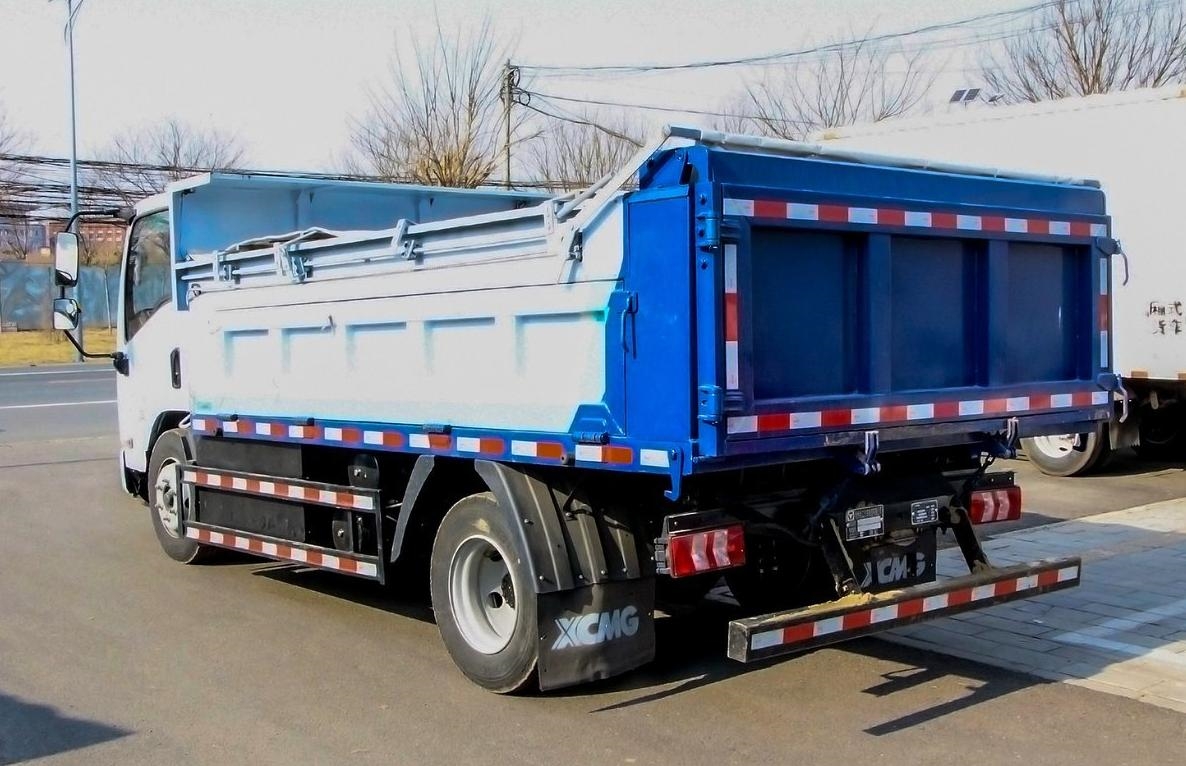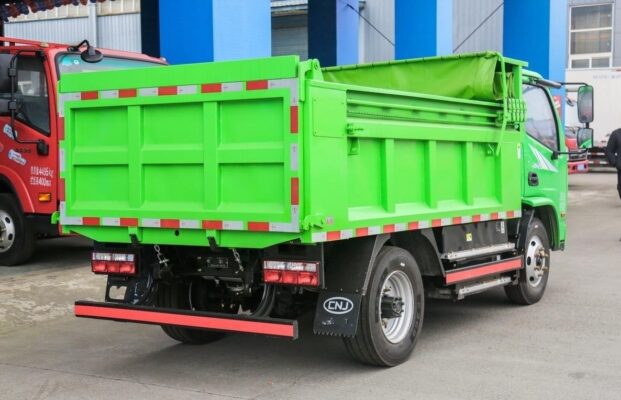Electric Truck News
Why Electric Cars Charge Slower as They Approach Full Capacity
Electric vehicles (EVs) have revolutionized transportation with their eco-friendly, efficient, and high-performance design. Gayunpaman, one common observation among EV owners is that the charging process slows down as the battery approaches full capacity. Understanding why this happens requires an exploration of the battery’s working principles, charging methods, and the underlying engineering decisions designed to balance efficiency, kaligtasan, and battery longevity. This article provides an in-depth explanation of the factors contributing to this phenomenon.
1. The Chemistry Behind Lithium-Ion Batteries
Most electric vehicles rely on lithium-ion batteries to store energy. These batteries operate through a series of chemical reactions that move lithium ions between the anode and cathode during charging and discharging.
During the initial stages of charging, when the battery is less than 80% full, these reactions occur relatively quickly because the concentration of lithium ions is far from saturation. Gayunpaman, as the battery nears its capacity, the available spaces for lithium ions in the anode become increasingly limited. This causes the chemical reactions to slow down, resulting in a gradual decrease in charging speed.
Dagdag pa, overcharging a lithium-ion battery can lead to overheating, chemical instability, and degradation of the battery’s materials. To prevent this, the charging process is carefully managed to slow down as the battery reaches its upper charge limit.
2. The Role of Constant Current and Constant Voltage (CC-CV) Charging
Electric vehicles typically use a constant current-constant voltage (CC-CV) charging method to balance speed and safety:
- Constant Current Phase: At the start of the charging process, the battery is charged at a steady current while the voltage gradually rises. This phase allows for rapid energy transfer and accounts for the faster charging speed observed when the battery is at a low state of charge (SOC).
- Constant Voltage Phase: As the battery voltage nears its maximum safe limit, the charging system switches to maintaining a constant voltage. During this phase, the current gradually decreases to prevent overcharging and overheating. This shift significantly reduces the charging rate as the battery approaches full capacity.
This two-phase process ensures the battery operates within safe limits, preserving its long-term health while minimizing the risks of damage or failure.
3. Battery Management Systems (BMS)
Modern EVs are equipped with sophisticated Battery Management Systems (BMS) that monitor and regulate the charging process. The BMS ensures that the battery’s voltage, current, and temperature remain within safe operating ranges. As the battery nears full charge, the BMS may intentionally limit the charging current to:
- Protect the Battery: Reducing the charging speed at higher SOC levels helps prevent excessive wear and tear on the battery’s materials.
- Prevent Overheating: Charging generates heat, and slower charging rates near full capacity help keep the temperature within safe limits.
- Avoid Overvoltage: Allowing the voltage to rise unchecked could damage the battery or create safety hazards.
By managing these variables, the BMS plays a critical role in ensuring both the safety and longevity of the battery.
4. The Impact of Temperature on Charging Speed
Temperature is another crucial factor that influences the charging speed of electric vehicles. Lithium-ion batteries perform best within a specific temperature range, typically between 20°C and 40°C (68°F to 104°F). If the battery temperature is too low or too high during charging, the BMS will adjust the charging speed to protect the battery.
- Cold Temperatures: In cold conditions, the chemical reactions inside the battery slow down, reducing its ability to accept charge efficiently. As a result, the charging process may take longer, especially if the battery needs to be preheated before charging begins.
- High Temperatures: Excessive heat can cause thermal degradation, reducing the battery’s capacity and lifespan. To avoid overheating, the BMS may limit the charging current as the battery nears full capacity.
Some EVs come equipped with thermal management systems to maintain optimal battery temperatures during charging, but the need for thermal regulation can still contribute to slower charging speeds.
5. The Influence of Charging Equipment
The type and power output of the charging station also play a significant role in the charging speed of electric vehicles:
- Fast Chargers: High-powered DC fast chargers can deliver a substantial amount of energy in a short time, often recharging an EV battery to 80% capacity within 30 minutes. Gayunpaman, even with fast chargers, the charging rate slows significantly beyond 80% to prevent battery damage.
- Level 2 Chargers: These AC chargers are slower than fast chargers and are commonly used for overnight charging. The lower power output means that the entire charging process, including the slowdown near full capacity, is more gradual.
- Home Outlets: Standard household outlets provide the slowest charging speeds and may not fully charge an EV battery overnight, depending on its capacity.
While fast chargers are convenient for rapid top-ups, they are not recommended for frequent use as the intense charging process can accelerate battery wear. Many EV owners opt for slower Level 2 chargers for regular use to prolong battery life.
6. Designed for Longevity
One of the primary reasons for slowing down the charging process as the battery approaches full capacity is to extend the overall lifespan of the battery. Lithium-ion batteries degrade over time due to factors such as:
- Cycle Aging: Repeated charging and discharging cycles cause wear and tear on the battery materials.
- High SOC Stress: Keeping the battery at or near full charge for extended periods can accelerate degradation.
- Heat-Induced Damage: High temperatures during charging can compromise the battery’s structural integrity.
By tapering off the charging speed as the battery fills up, manufacturers aim to minimize these stressors, ensuring the battery remains functional and efficient over its intended lifespan.
7. Practical Considerations for EV Owners
Understanding the factors that influence charging speed can help EV owners optimize their charging habits:
- Avoid Overcharging: Regularly charging the battery to 100% is unnecessary for daily driving and can accelerate degradation. Many EVs allow users to set a charging limit (e.g., 80% or 90%) for routine use.
- Use Fast Chargers Sparingly: While convenient, frequent use of fast chargers can increase battery wear. Slow charging is preferable for regular use.
- Maintain Optimal Temperature: If possible, charge the vehicle in a temperature-controlled environment to reduce the impact of extreme temperatures on charging speed.
- Plan for Tapered Charging: Be aware that charging times will increase as the battery nears full capacity, and plan accordingly for longer trips.
Conclusion
The phenomenon of slower charging speeds as an electric vehicle’s battery approaches full capacity is the result of a combination of factors, including the chemistry of lithium-ion batteries, the constant current-constant voltage charging method, the role of the Battery Management System, and the influence of temperature and charging equipment. These design choices prioritize the safety, kahusayan, and longevity of the battery, ensuring that electric vehicles remain reliable and sustainable over time.
For EV owners, understanding these principles can lead to better charging practices, helping to maximize both convenience and battery health. As battery technology continues to advance, future innovations may further optimize the charging process, reducing the impact of tapering speeds while maintaining the benefits of current safety measures.




